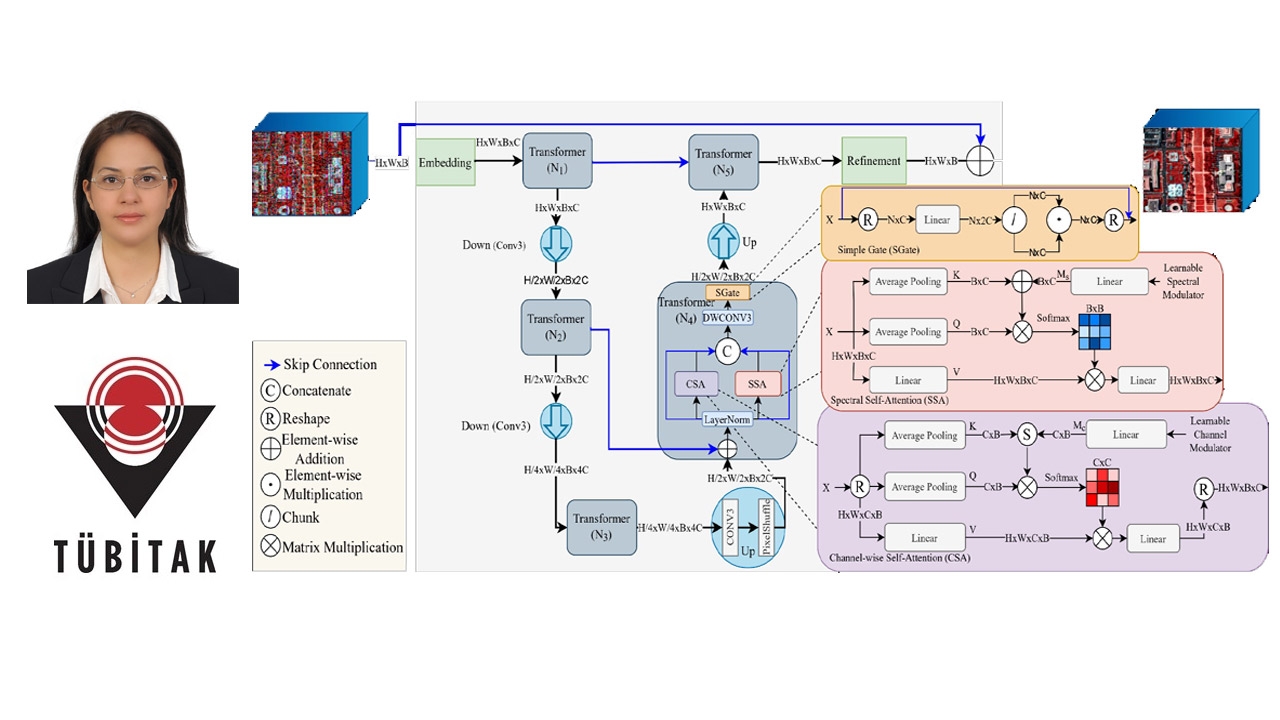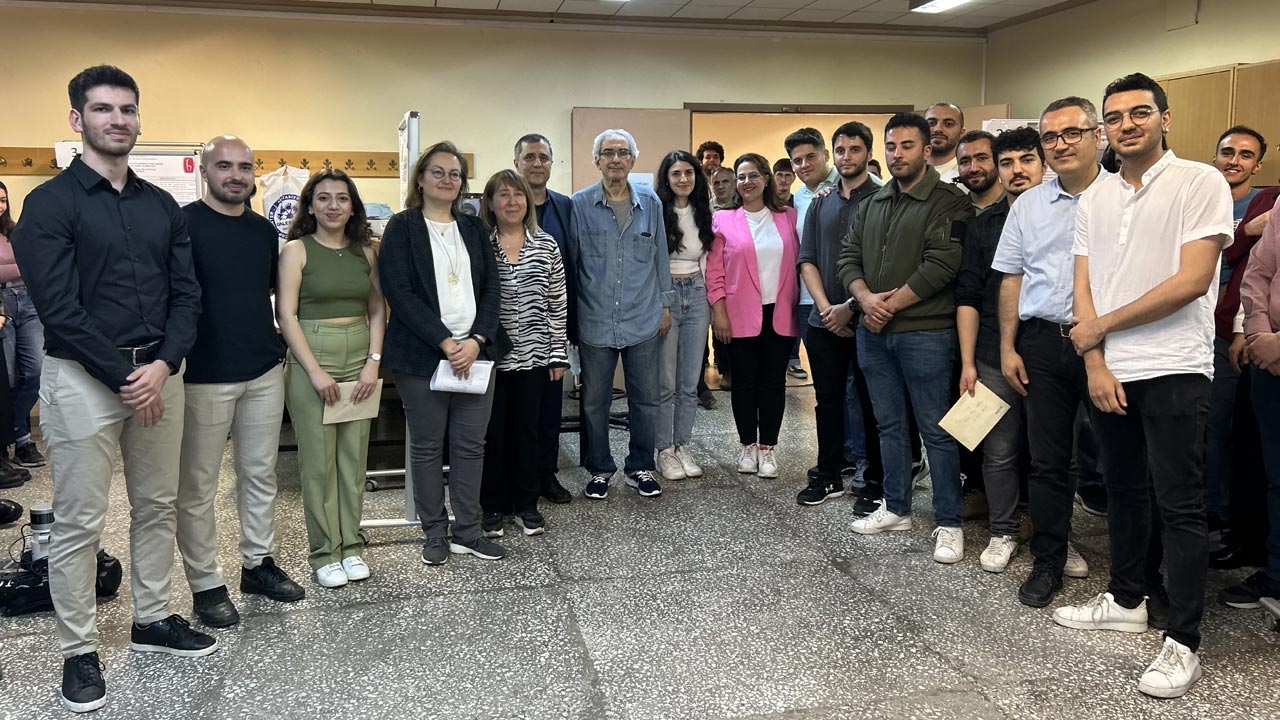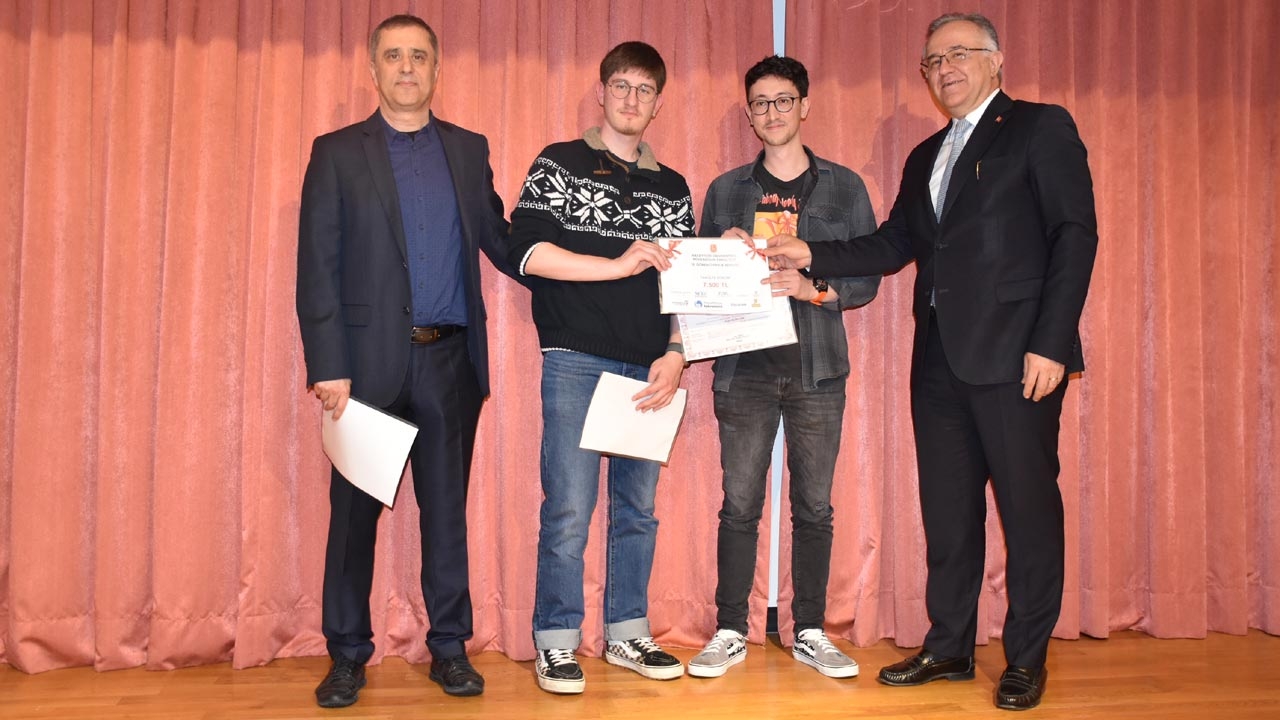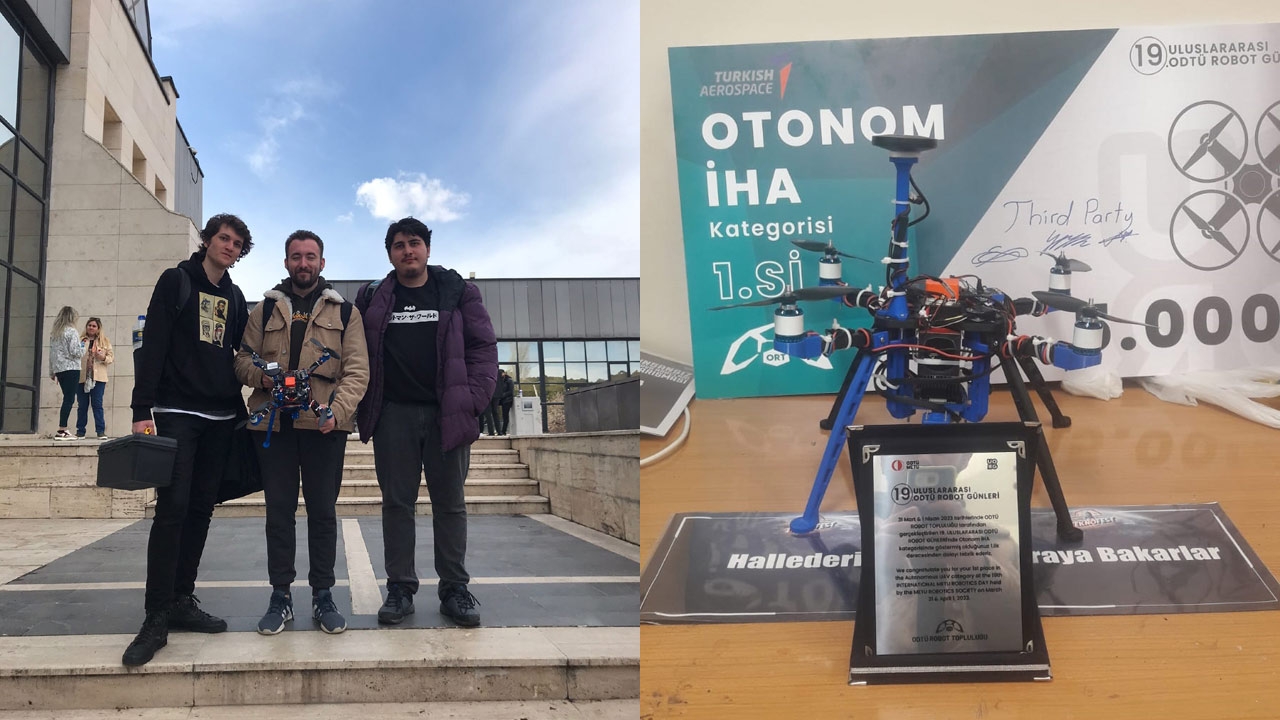News
SEMINAR: Reflection Characteristics of an Extended Hemispherical Lens for THz Time Domain Spectroscopy, Dr. Burak Özbey, Dec. 20, 2019
December 16, 2019
Dr. Burak Özbey from Munich Technical University, Germany, will give a talk titled "Reflection Characteristics of an Extended Hemispherical Lens for THz Time Domain Spectroscopy" on December 20, 2019 Friday at 13:30 in our department's conference hall.
The abstract and a short biography of the speaker is below. All interested are invited.
Abstract:
The lens-integrated antenna systems are preferred due to their advantages of increased gain and coupling efficiency in terahertz spectroscopy. However, it is not easy to analyze these systems in CAD tools due to their extremely large electrical size. Therefore, an analytical solution is necessary for both an easier computation, a rigorous analysis, and a better intuition. In this presentation, the effects of multiple reflections in extended hemispherical lenses will be discussed. To demonstrate the importance of the different Gaussian characters of the incident and reflected beams on coupled power levels, a quasi-optical link involving a horn antenna, an off-axis parabolic reflector and an extended hemispherical lens has been studied. The computational and experimental findings for this quasi-optical link will be presented. In addition, a displacement/strain sensing system based on a highly sensitive novel resonator will be discussed in a nutshell, and related present research will be reported.
Biography:
Burak Özbey received the B.S., M.S., and Ph.D. degrees in electrical and electronics engineering from Bilkent University, Ankara, Turkey, in 2008, 2011, and 2016, respectively. From 2017 to 2019, he was with the ElectroScience Laboratory, Ohio State University as a Visiting Scholar & Postdoctoral Researcher. Currently, he is a Postdoctoral Fellow with the High Frequency Chair of The Technical University of Munich (TUM). He was a recipient of the 2016 Leopold B. Felsen Award for Excellence in Electromagnetics, 2017 URSI Young Scientist Award, 2017-2018 Fulbright Postdoctoral Scholarship and the 2019-2020 TUM University Foundation Fellowship.
Abstract:
The lens-integrated antenna systems are preferred due to their advantages of increased gain and coupling efficiency in terahertz spectroscopy. However, it is not easy to analyze these systems in CAD tools due to their extremely large electrical size. Therefore, an analytical solution is necessary for both an easier computation, a rigorous analysis, and a better intuition. In this presentation, the effects of multiple reflections in extended hemispherical lenses will be discussed. To demonstrate the importance of the different Gaussian characters of the incident and reflected beams on coupled power levels, a quasi-optical link involving a horn antenna, an off-axis parabolic reflector and an extended hemispherical lens has been studied. The computational and experimental findings for this quasi-optical link will be presented. In addition, a displacement/strain sensing system based on a highly sensitive novel resonator will be discussed in a nutshell, and related present research will be reported.
Biography:
Burak Özbey received the B.S., M.S., and Ph.D. degrees in electrical and electronics engineering from Bilkent University, Ankara, Turkey, in 2008, 2011, and 2016, respectively. From 2017 to 2019, he was with the ElectroScience Laboratory, Ohio State University as a Visiting Scholar & Postdoctoral Researcher. Currently, he is a Postdoctoral Fellow with the High Frequency Chair of The Technical University of Munich (TUM). He was a recipient of the 2016 Leopold B. Felsen Award for Excellence in Electromagnetics, 2017 URSI Young Scientist Award, 2017-2018 Fulbright Postdoctoral Scholarship and the 2019-2020 TUM University Foundation Fellowship.
More news










